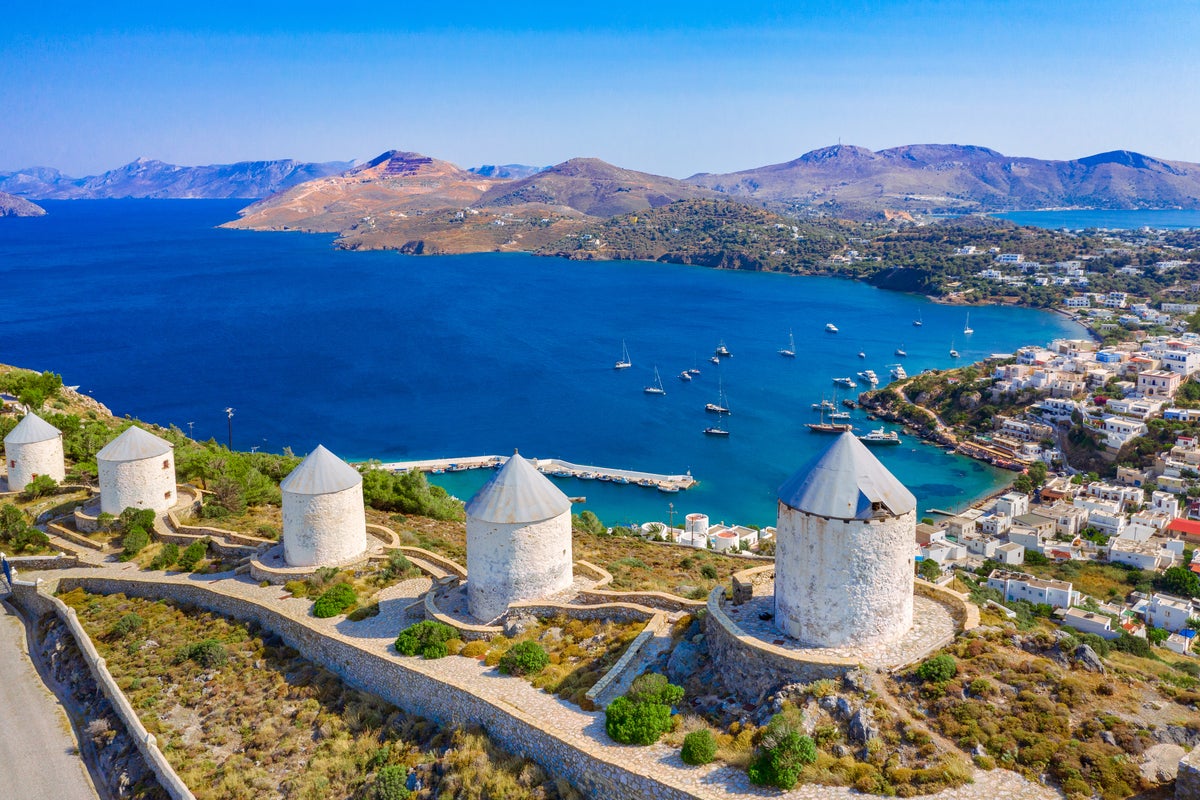The sea slaps at the sides of the multicoloured fishing boats as fishermen mend their nets on the dock and a young boy pulls platinum-scaled fish out of the water on a handline.
Watching the scene from a suntrap table at a waterside café in Agia Marina, the capital of Leros, I can’t understand how this Greek island could ever have been known as the ‘Isle of Outcasts’ or the ‘Island of the Damned’.
A quick skim of the history books reveals that Leros was the second most bombed
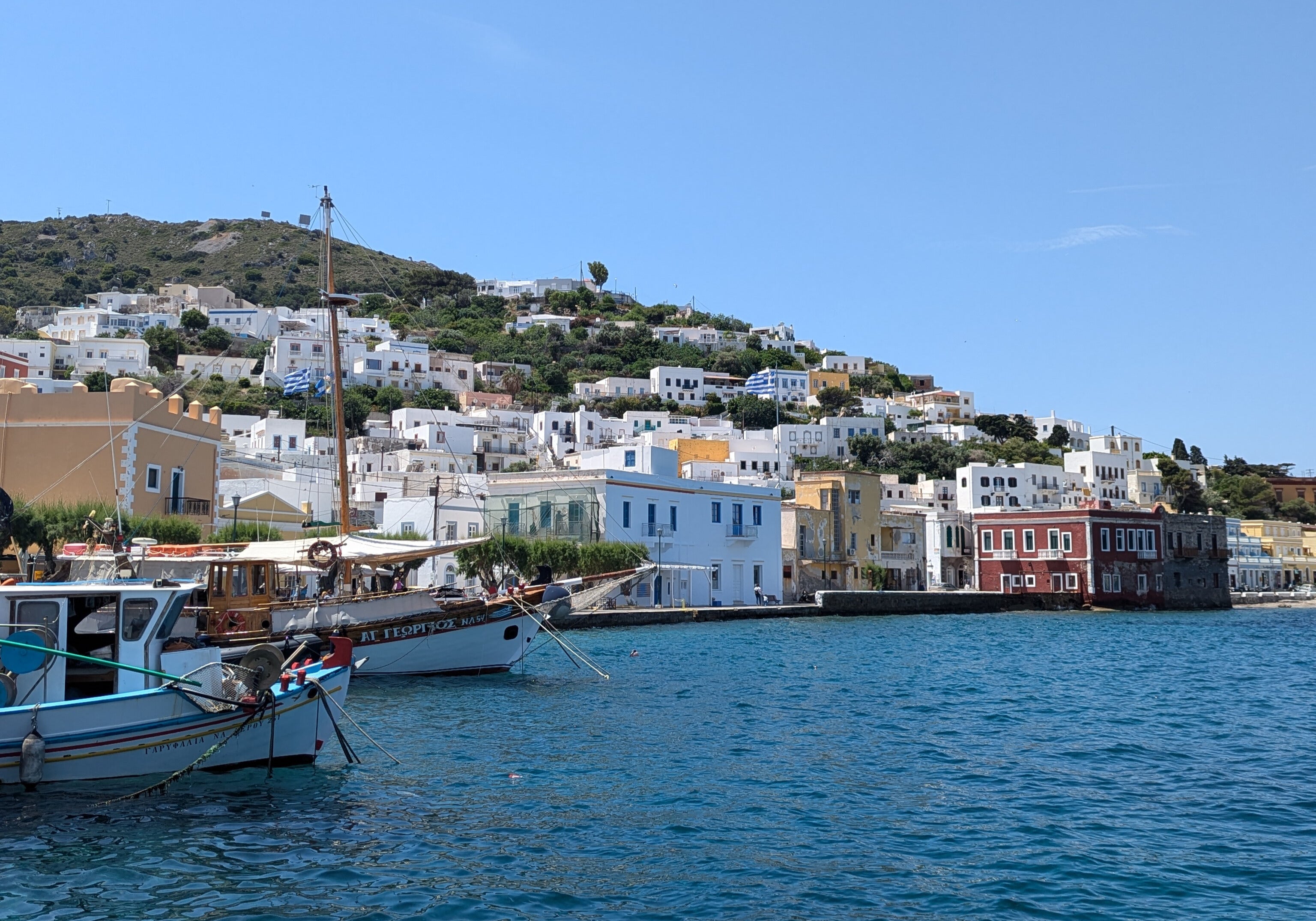
Read more: The best Greek island hotels
Yet, aside from an immaculately kept war cemetery, a small military museum, and the remains of a couple of crumbling gun batteries and an acoustic military mirror on the west coast, there are no signs of the island’s tumultuous past here today.
Just a 90-minute ferry ride from busier, better-known Kos, Leros is one of the most laid-back Greek islands I’ve experienced.
Hunkered around a ferry port barely larger than the average back garden, Agia Marina is a huddle of independent linen, ceramic and jewellery boutiques, private studio apartments and traditional tavernas and gyros eateries. There’s a twin set of bakeries, too, where the specialities are Lerian cheese pies, made with feta, pastry and a dusting of cinnamon.
Service in Agia Marina is uniformly and happily unhurried. One afternoon at Ta Kroupia grill, I lose two hours to a languorous lunch of baked feta – which comes to the table sizzling – fresh tzatziki, pillowy pitta bread and a couple of glasses of chilled white wine, as locals pick at plates of Leros’s signature salted mackerel dish around me.
There are some distinctive bars in the Lerian capital, too. In Diamanti Cafe, Singer sewing machine stands replace tables and a pet parrot called Coffii bombards bar staff with Greek obscenities. Meltimi, meanwhile, looks more antiques emporium than bar, thanks to its nautical décor.
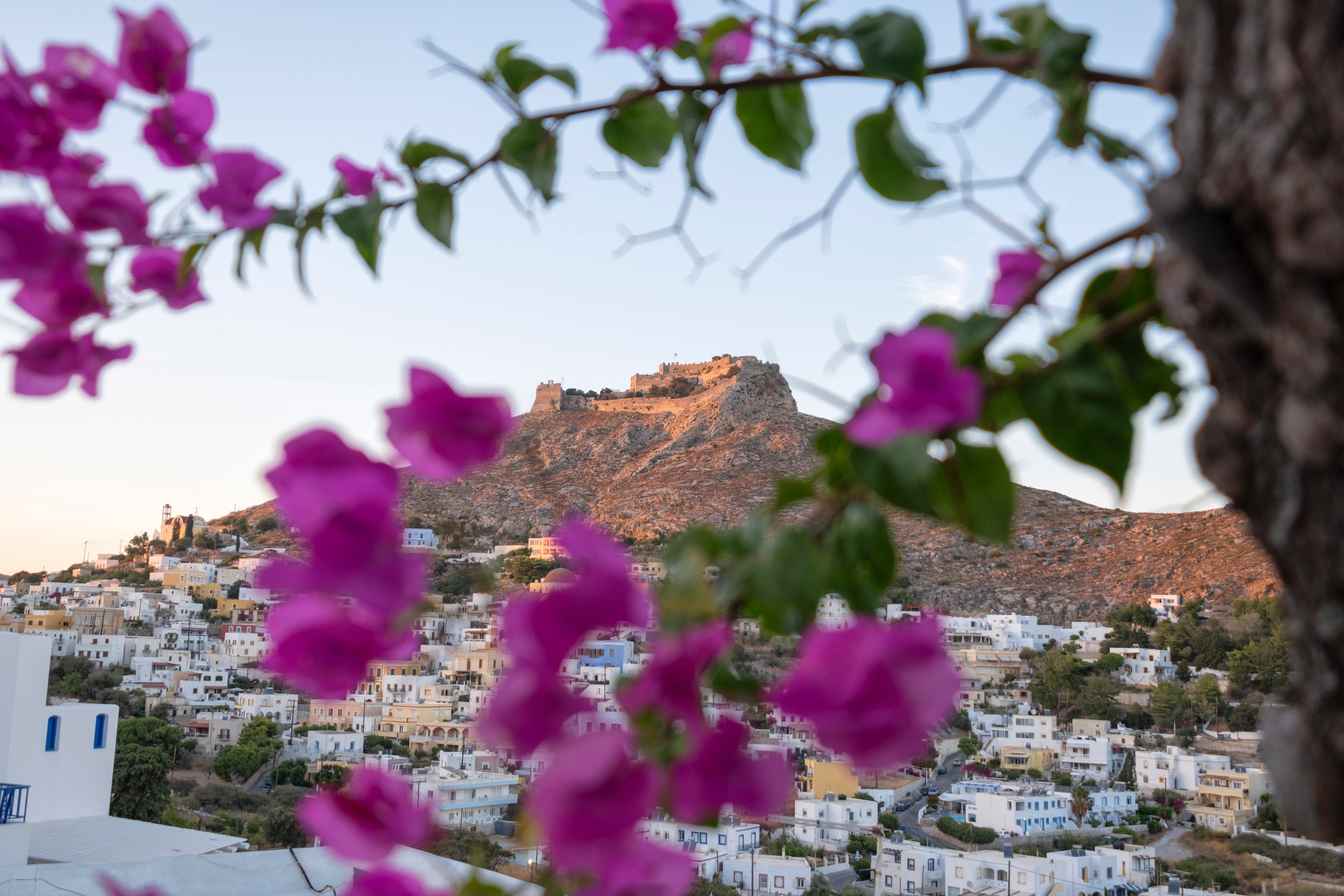
Agia Marina’s statement sight is the Castle of Pandeli. Capping a clifftop, 150 metres above the town, its history burrows back to Byzantine times, when it was built on the site of an Athens-esque acropolis.
It’s possible to drive up to the summit, but I walk, climbing the 500-step switchback path that ascends from the village of Platanos, a short stroll from Agia Marina’s waterfront. Wide-screen views over both the east and west coasts of the island open up at every turn.
Read more: This region of Greece is beautiful, crowd-free and a Unesco site
As well as the castle, Leros’ other emblems are its windmills. Positioned in a pageant line on the hillside above the fishing village of Panteli, on Leros’ east coast, these jam jar-shaped structures were used for grinding wheat and barley into flour in the 18th century, like those on better-known Mykonos.
Today, they’ve been restored and repurposed. One now harbours a cocktail bar called Harris where an al fresco terrace peers out over Panteli harbour and the multi blue hue of the Aegean Sea beyond.
The coast of Leros is brush-stroked with beaches. A 35-minute walk from Agia Marina, Alinda is the longest. The waters here make cut crystal look cloudy, and the smooth pebble sand is overlooked by traditional tavernas.
At Argo taverna, I find a table in the shade of a tamarisk tree and eat a lunch of keftedes (Greek meatballs) to the soundtrack of softly breaking waves and joyful conversation.
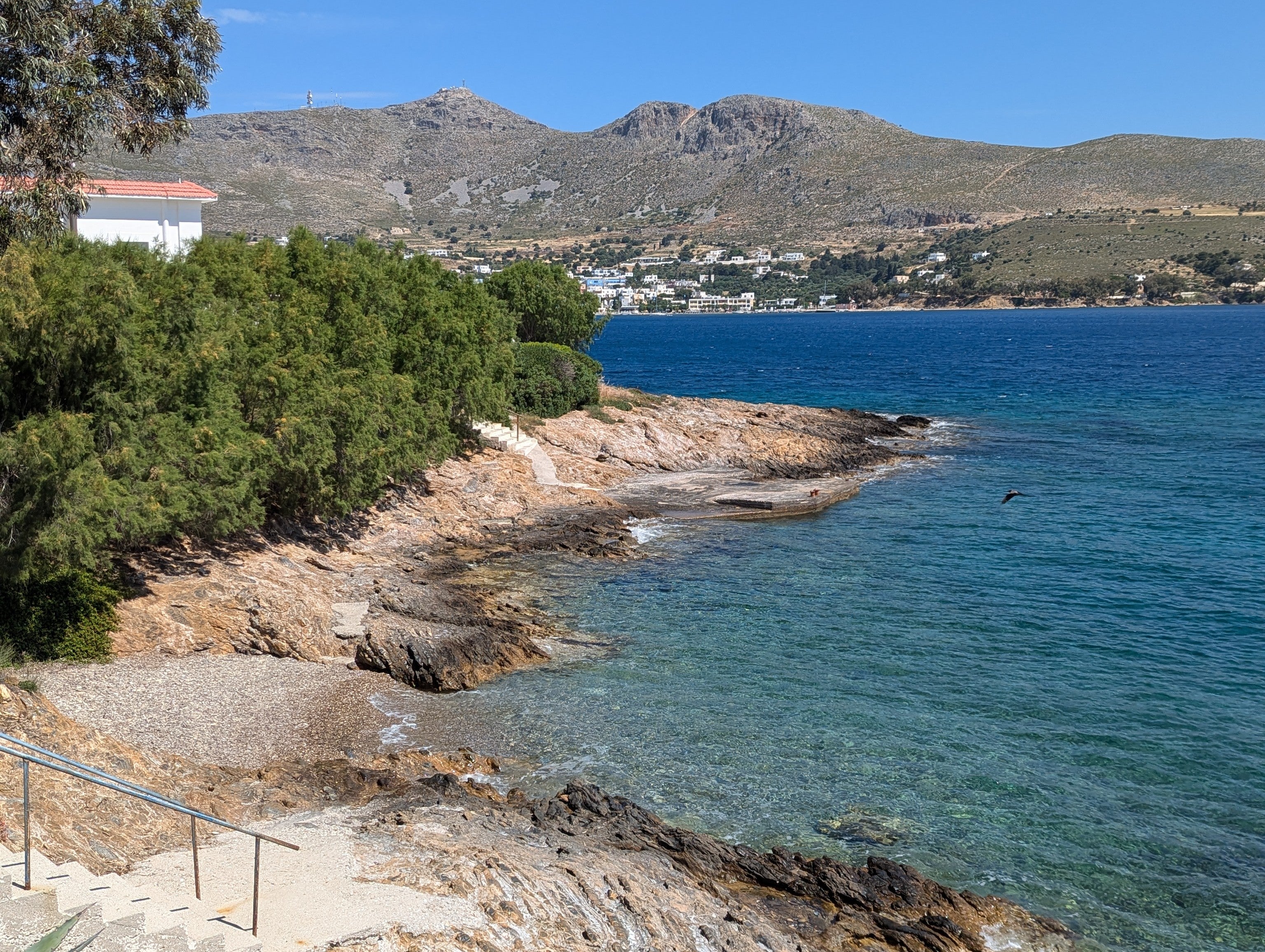
Despite being less than 30 square miles in size, Leros has both a brewery and a winery. Raven Brewing’s pale ales are served in bars across the island. Isichi Ampelones winery, meanwhile, is open for tours and tastings in summer. Sequestered away in the brush-stubbled hills in the northeast of the island, it’s an oasis of a place. Tastings take place on a vine-curtained terrace and are accompanied by Greek nibbles of olives and cheeses.
Read more: Best hotels in Rhodes
A red wine made from mandilaria grapes, with a nose of fireside smoke and cocoa, is a highlight for me. I clunk away from my visit, lumbered with multiple bottles to take home.
I round off my time on Leros with a visit to Lakki. As one of the largest natural harbours in the Mediterranean, Lakki Bay caught the eye of Mussolini in the 1920s when Leros was under Italian rule.
With his sights set on turning the area into the ‘Corregidor of the Mediterranean’ (or a key defensive point for controlling the eastern Med) the dictator commissioned his architects to build a new model town in the Italian rationalism/rationalist style.
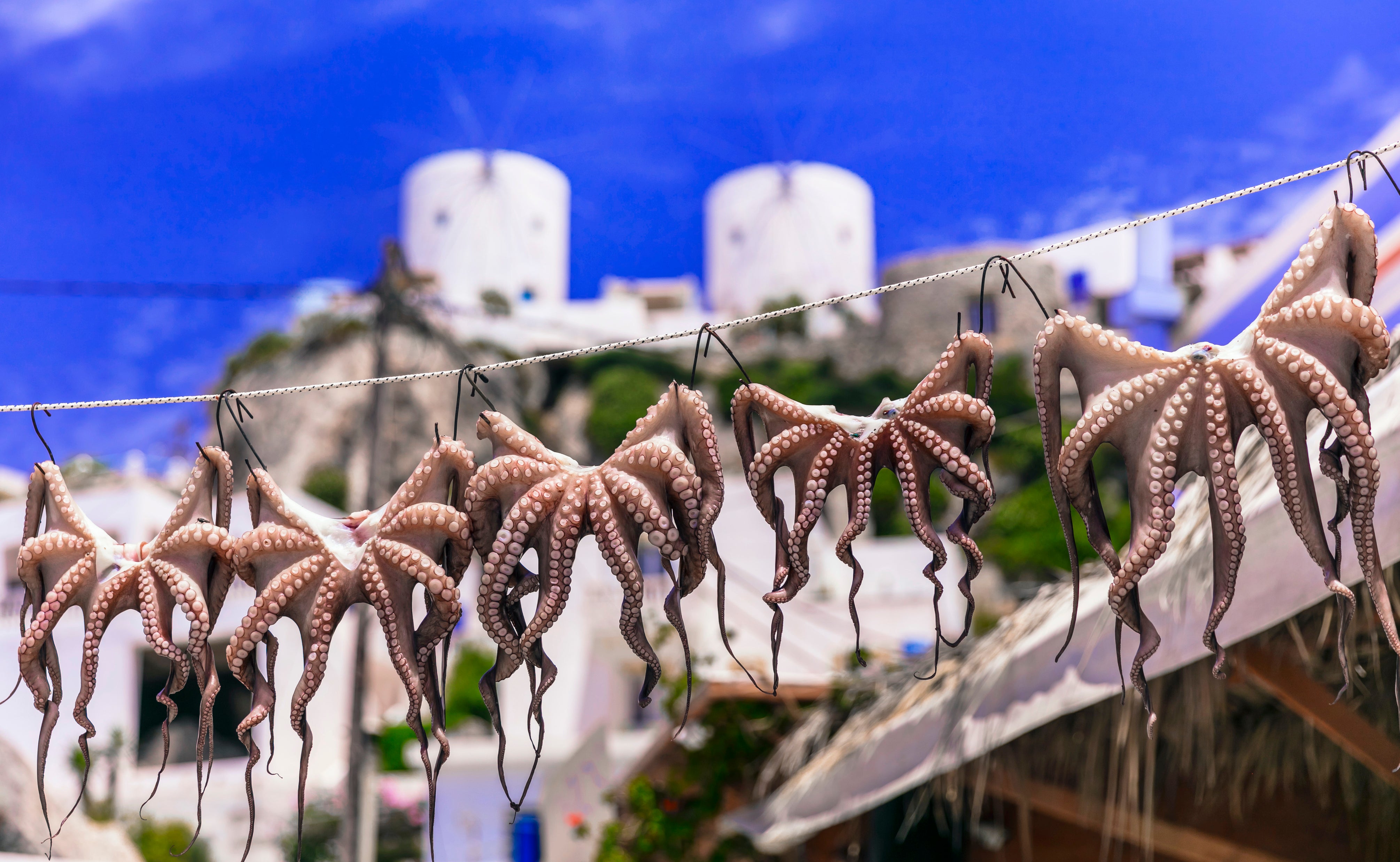
Read more: Best hotels in Corfu
The afterimage of Mussolini’s grand plans can still be seen today in Lakki’s architecture, which is more faded South Beach Miami than Greek island.
Sipping a final wine at a waterfront café in Lakki, watching sailboats gliding in and out of the bay, I reflect on the island’s old nickname. If this really is the island of outcasts, you could expel me here any day.
Read more: Greece island hopping – a guide to the best routes and how to explore Greek culture


